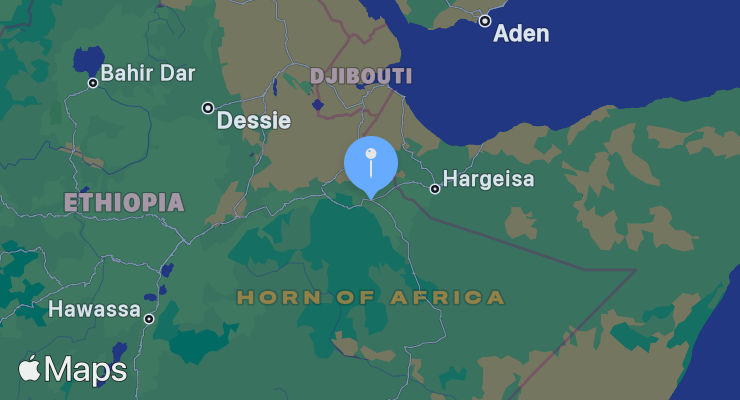
The Ogaden Region: A Historic Land of Complex Identity and Natural Wealth
The Ogaden, known in Somali as Ogaadeen and historically referred to as Soomaali Galbeed (‘Western Somalia’), is a vast and culturally significant region located in eastern Ethiopia. Bordered by Somalia, the region covers approximately 327,068 km² and is home to a predominantly Somali population. Though known for its semi-arid terrain and harsh environment, the Ogaden is also rich in natural resources and has long been at the center of political and economic tensions in the Horn of Africa.
Geographically, the Ogaden consists of wide plateaus, with its landscape shaped by temporary streams and rivers like the Shebelle, which flows seasonally. The southwestern part of the region is the source of the Ganale Doria River, which merges with the Dawa River to form the Jubba River along the Somali border. These rivers are vital lifelines in the largely arid and semi-arid landscape, providing water for agriculture and the region’s nomadic pastoralists.
Despite its environmental challenges, the Ogaden holds immense economic potential due to its significant oil and gas reserves. For decades, international energy companies have shown interest in developing these resources, seeing the region as a potential energy hub in Ethiopia. However, political instability and security issues have hindered the development of the Ogaden's natural resources, leaving much of its wealth untapped.
The history of the Ogaden is deeply intertwined with the Somali clan structure, particularly the Ogaden clan, after whom the region is named. The clan’s name is derived from their forefather, Abdirahman Absame, who was given the nickname Ogaadeen, meaning “he who takes care of another.” Over time, the name came to represent not only the clan’s territory but also the broader Somali-inhabited region in eastern Ethiopia.
The question of identity has long been contentious in the Ogaden. During the establishment of Ethiopia's Somali Region in the early 1990s, debates arose over naming the region ‘Ogadenia.’ Non-Ogaden Somali clans, who also inhabit the area, opposed the name, fearing it would privilege one clan over others. Ultimately, the region was named the Somali Region, reflecting a compromise among the various clans.
The Ogaden has also played a key role in the geopolitics of the Horn of Africa, particularly during the Ogaden War of 1977-1978. This conflict, fought between Ethiopia and Somalia, centered on control of the region and had lasting impacts on both countries. In the decades since, armed movements like the Ogaden National Liberation Front (ONLF) have continued to fight for greater autonomy, contributing to ongoing instability.
Despite challenges, the Ogaden holds significant promise. Peace and natural resource wealth offer opportunities for economic development, but stability and unity among Somali clans are crucial to realizing its full potential.
Stichworte
Quellen







